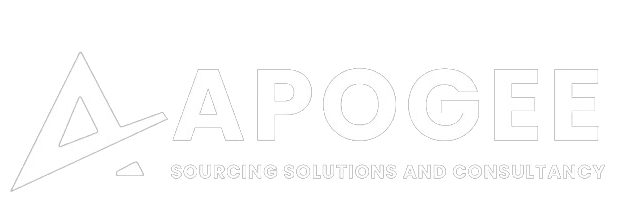- March 6, 2024
- Posted by: Rajneesh-Kumar
- Category: Manufacturing in India

Maximizing Efficiency: Understanding Per-Piece Amortisation
Have you ever wondered about the true cost impact of per-piece amortisation?
Often, we overlook crucial details, such as the per-piece amortisation value, leading to potential inefficiencies in our processes.
Let’s delve into this concept and explore how you can optimize your approach.
The Scenario:
Developing Aluminium HPDC Casting Components
Imagine you’re a supplier tasked with developing High-Pressure die-casting (HPDC) components for a European buyer. As part of this process, you need to invest in new tooling to meet the buyer’s requirements.
Before we move ahead, I just want to tell you about the comprehensive guide to calculating the cost of Aluminium HPDC components in India.
Okay, let’s come back to our case. Here’s what you need to consider:
Yearly Quantity: 30,000 pieces/year
Tooling Cost: 1 million Rs
Project Life: 5 years
Given your strong relationship with the buyer, you agree to invest the tooling cost upfront and recover it through amortisation over the piece price.
The Traditional Approach: 6.67 Rs/Piece
Using the conventional method, you calculate the per-piece amortisation value as follows:
Supplier’s Investment: 1 million Rs
Project Life x Yearly Quantity: 5 x 30,000 = 150,000 pieces
Amortisation Value: 1 million / 150,000 = 6.67 Rs/Piece
A More Strategic Perspective: 8.30 Rs/Piece
Let’s explore a more logical approach to determine the per-piece amortisation value:
Monthly Supply Quantity: 30,000 / 12 = 2,500 pieces/month
Supplier’s Investment: 1 million Rs
Consider this scenario: What if the supplier opts to borrow the investment amount from a bank at a 9% interest rate?
Using the PMT function in MS Excel, we calculate the monthly EMI as 20,758.36 Rs.
Now, we can compute:
Per-Piece Amortisation: Monthly EMI / Monthly Quantity
= 20,758.36 / 2,500 = 8.30 Rs/Piece
Conclusion
By adopting a more strategic approach, we uncover a per-piece amortisation value of 8.30 Rs, which better reflects the true cost of production. Understanding and optimizing these costs not only improves financial efficiency but also enhances overall project viability. Embrace the logical way to maximize your manufacturing effectiveness today!
Know the Author:

